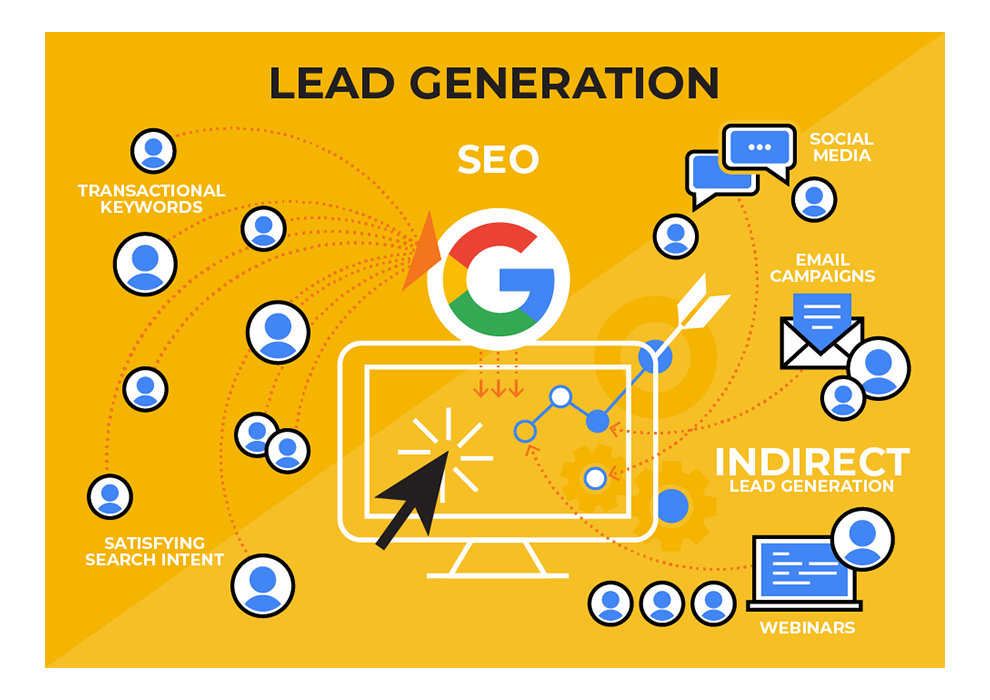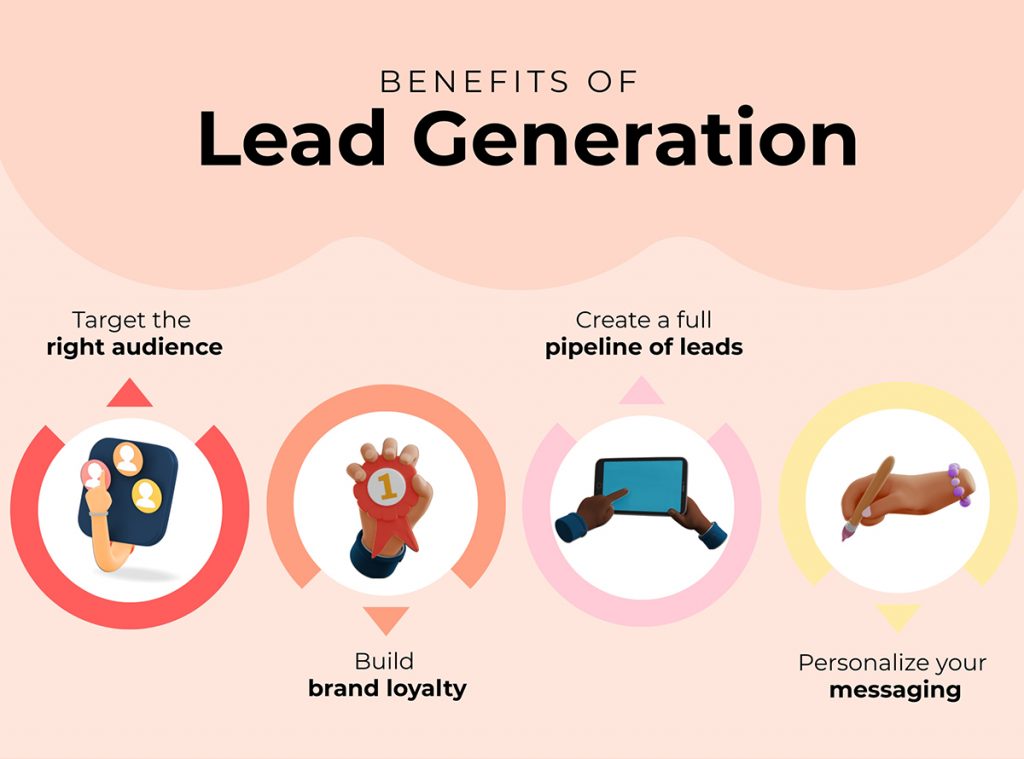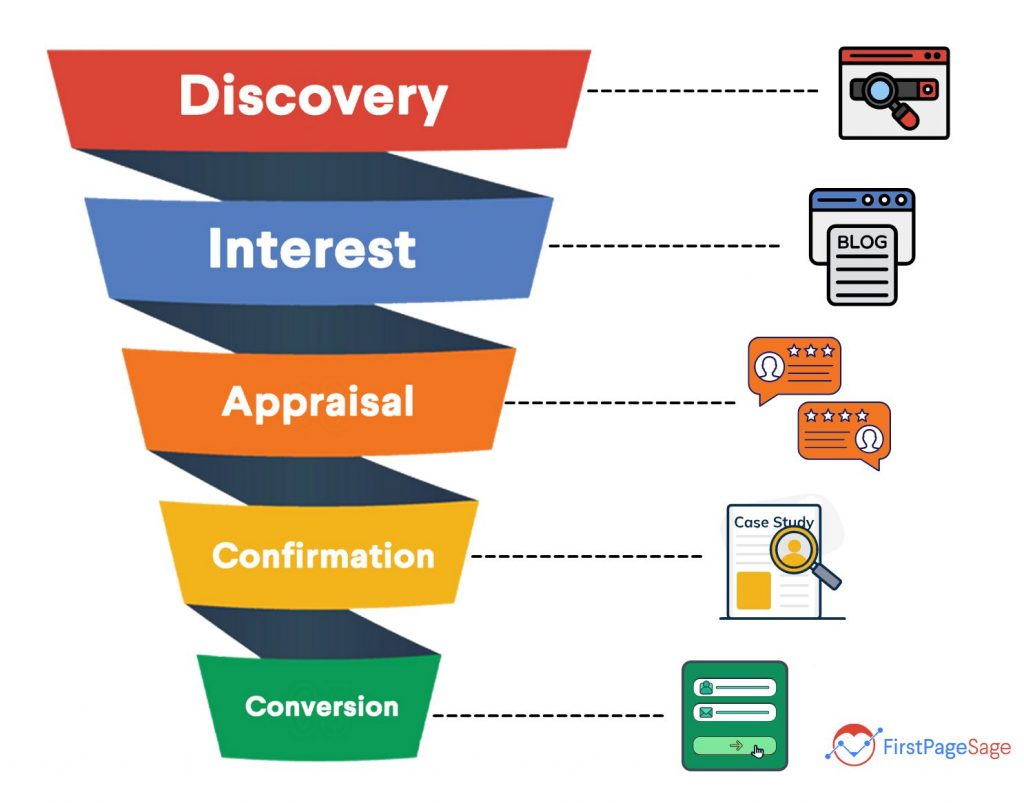What is a Lead?
A lead is a potential person or entity that shows interest in your product. A basic lead includes information on the source to be used for further marketing efforts.
What is Lead Generation?
Lead generation is the process of getting those leads. This process aims to convert the leads into actual purchases. Proper strategies can increase the percentage of purchases in comparison to the total leads generated.
In line with generating leads is creating a sales funnel. It refers to the stages that one lead goes through leading to an actual purchase.
The best leads are always comprised of your target market. It will be useless to get leads from people who don’t need your product or are unassociated with the audience you are aiming for.
A company usually has teams from sales and marketing handling lead generation efforts. They can use combined efforts in formulating the best lead generation strategy to grow the business. There are also lead generation training services in Hong Kong that can be employed to provide expert guidance to in-house personnel.
To fully understand the different types of leads, we need to break them into 3 categories.
Leads Based on Interest

The most basic and straightforward category is leads based on interest, and there are two types.
Inbound Leads
They are leads who reached out to you upon learning about your brand. It could be through a social media post, a blog, or a friend’s recommendation. Leads finding their way to your doorstep does not mean there were no strategies involved. Inbound marketing exploits the audience’s interest to make contents that are attractive to potential consumers.
Outbound Leads
This is achieved by initiating different forms of communication with people who are not aware of the product or services you offer. Unlike inbound which focuses on pulling potential consumers to content related to your product, outbound marketing pushes the product toward the target audience.
Leads based on Enrichment

The amount and quality of data you have determine how you can split leads in this category
Non-enriched Leads
These are leads that only contain the most basic information. They are usually only useful for targeting the source of the lead. Marketing information is also limited to a single lead.
Enriched Leads
Leads with enriched data hold more potential in marketing for a wider audience network. They may include information on affiliation, location, age, secondary contact details, and opinion. Enriched data give more insight and benefits than non-enriched ones.
Leads Based on Qualifications

This is measured based on the quality of interest and the lead’s stage in the sales funnel.
Marketing Qualified Lead
This refers to leads in the initial stages of the sales funnel. Potential consumers have seen your product and left their information on a marketing platform but have not yet shown the desire to purchase.
Sales Qualified Lead
One step ahead of marketing qualified leads is when potential consumers actively reach out to the company. They express the desire to talk to a sales representative to gain more information on your product.
Product Qualified Lead
These types of leads are exclusive to businesses that provide free trials of products or services before the paying period. The lead source takes action to be a paying customer but has not yet reached the payment stage.
The Importance of Knowing
Knowing the kind of leads you gain through your lead generation efforts is essential in formulating the approach and improvements for each consumer associated with the lead.
Different kinds of leads require different contact points. Knowing when to connect is crucial in increasing the chances of leads actually pushing through.
Knowing the type of lead that generates the most sales and at what point these leads are captured is information that can be used for follow-ups and cold calling.
Leads not only increase the chances of sales but also gives business learning materials for current and future trends.

